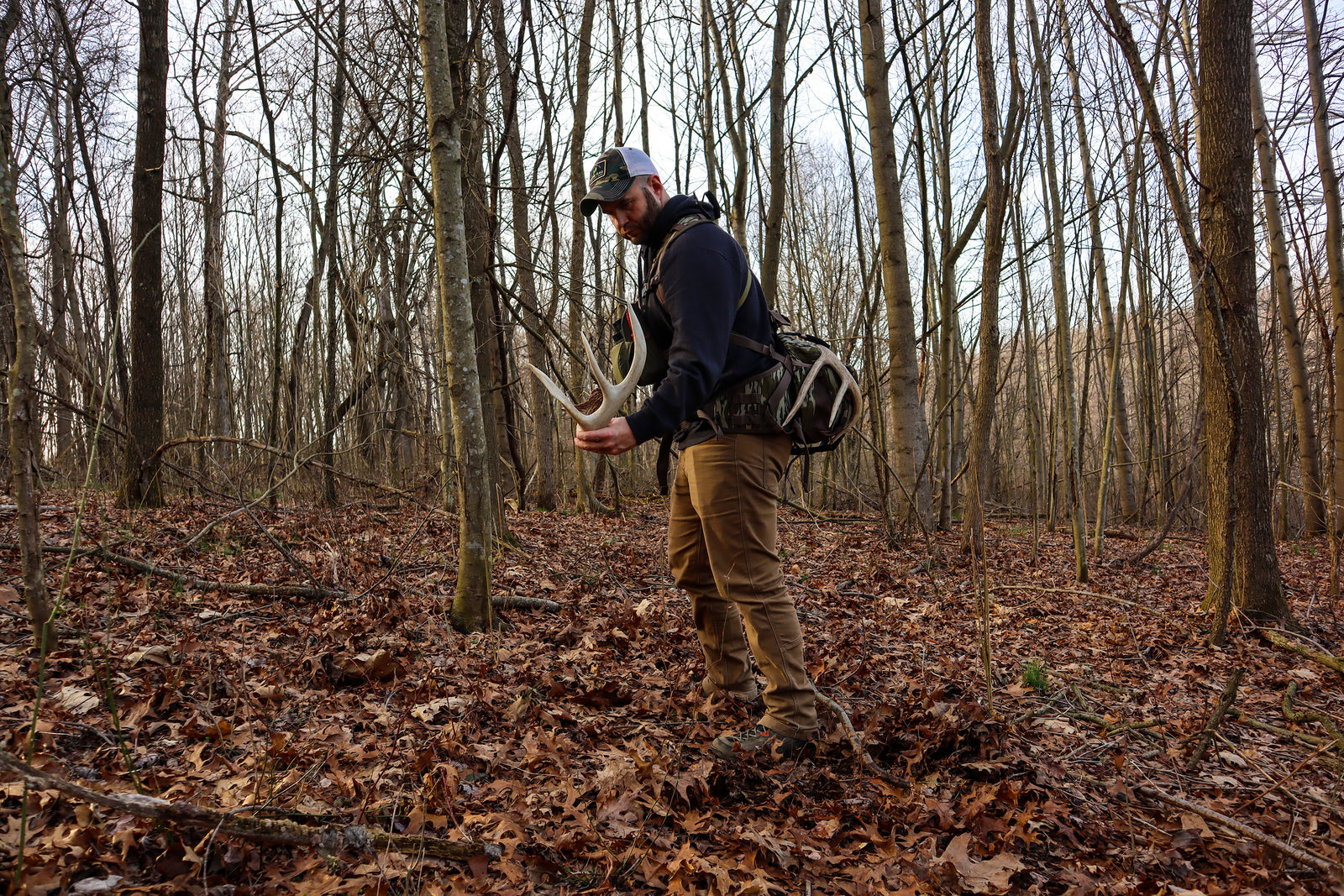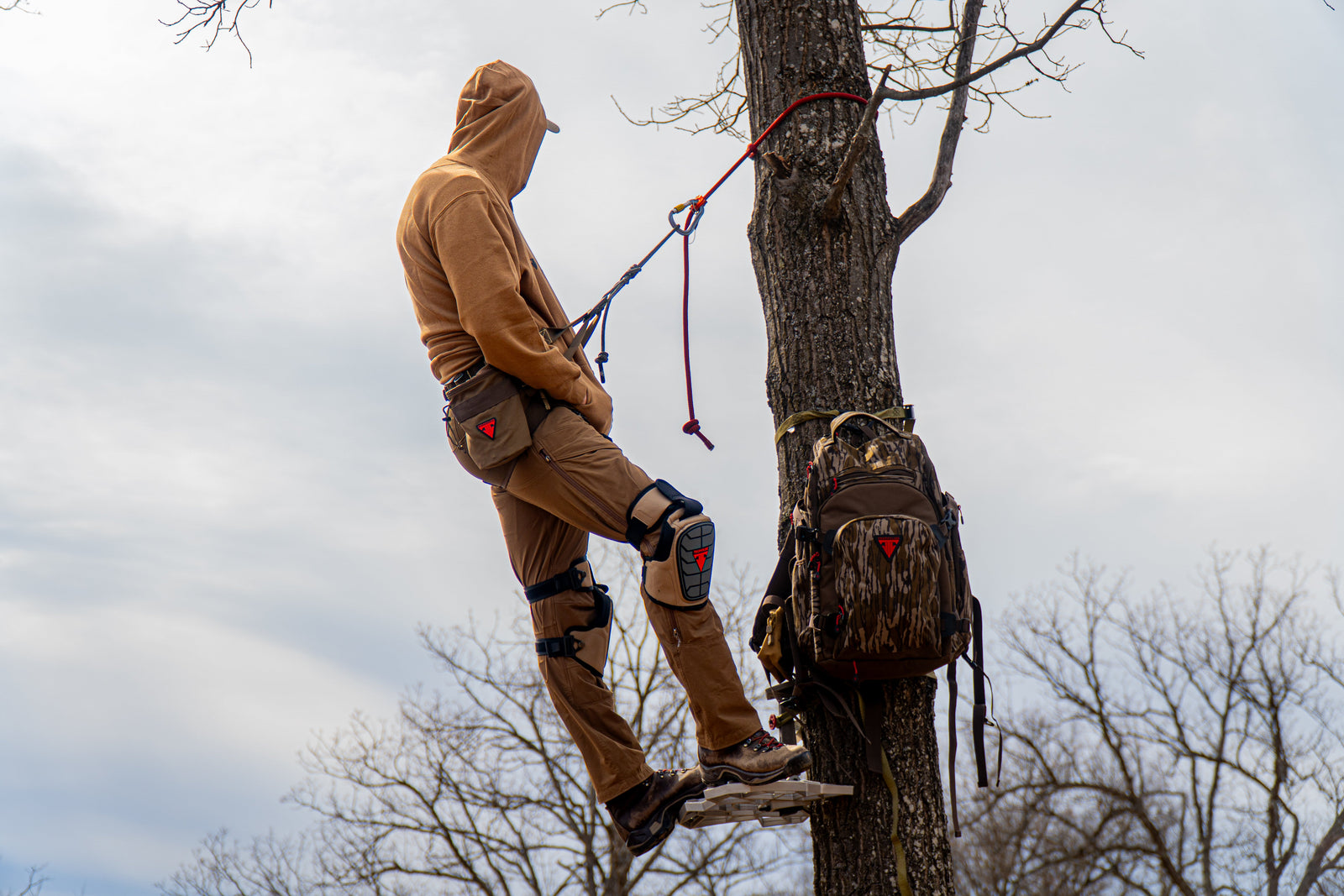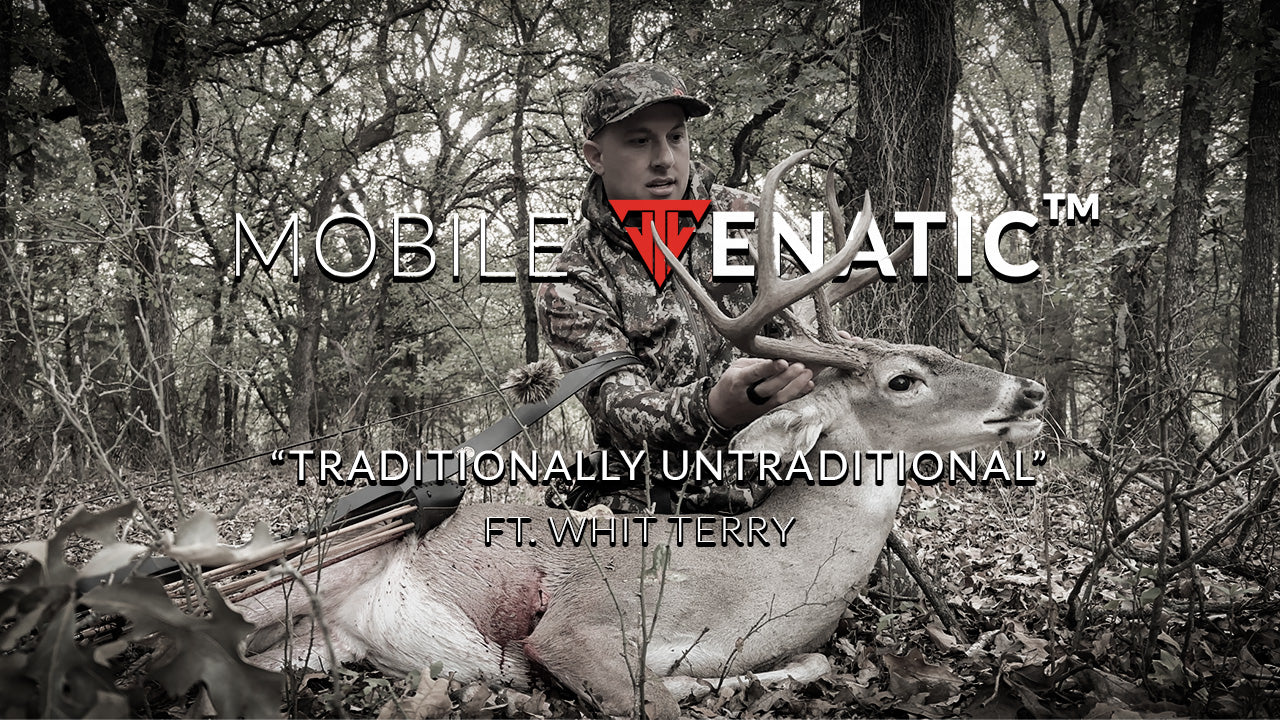Really like this as an option to a backpack. A ton of zippered compartments to keep your field items organized.
Great pack small and light, but still enough storage to get everything you to take to the woods
Love the way the saddle feels shipping. Also is super fast ordered on a Wednesday night. Got it Friday by noon. This is my second saddle by trophy line.my first was the COVERT LITE 2.0 SADDLE KIT I let my buddy try it out cause he wanted to get into saddle hunting. He offered to buy it off me so I sold it to him and put the money towards this kit and I couldn’t be happier.
This platform was surreal to hold when I got it in the mail. It’s amazing to think a metal platform can weigh so little, but bite into the tree just the same. Much different than Carbon composite platforms on the market. Can’t wait for this season!






